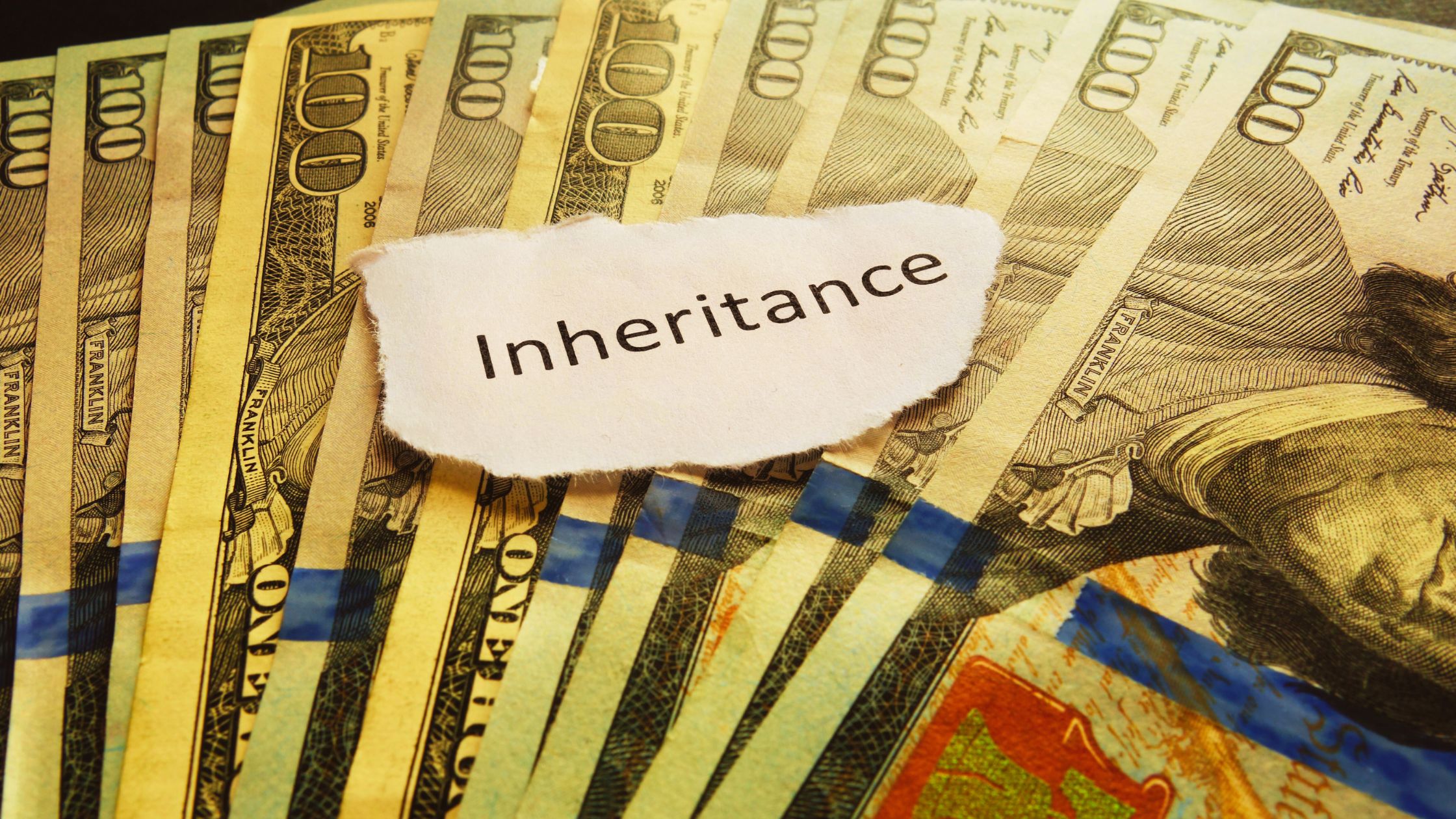As Baby Boomers pass down an estimated $84 trillion in wealth transfer over the coming decades¹, inherited IRAs have emerged as one of the most important—and misunderstood—vehicles for intergenerational financial planning. With recent rule changes from the IRS in 2025, navigating inherited IRA distributions has become more complex. Whether you’re a spouse or non-spouse beneficiary, understanding your responsibilities and planning your withdrawal strategy are essential to preserving your inheritance and avoiding costly penalties.
What Is an Inherited IRA?
An inherited IRA is a retirement account passed on to a beneficiary after the original account holder dies. These accounts can stem from either traditional or Roth IRAs and may include assets rolled over from employer-sponsored retirement plans. Unlike standard IRAs, inherited IRAs have unique distribution requirements depending on the beneficiary’s relationship to the deceased and whether the original owner had started required minimum distributions (RMDs) before death.
Beneficiaries are not allowed to contribute to these accounts, and they are typically required to begin taking distributions on a strict schedule. The penalties for getting it wrong are steep—up to 25% of the amount that should have been withdrawn under new IRS enforcement guidelines².
The SECURE Act and 2025 Rule Changes
The SECURE Act of 2019 eliminated the “stretch IRA” for most non-spouse beneficiaries, replacing it with a 10-year withdrawal window. Under the initial interpretation, beneficiaries could wait until year 10 to withdraw the full balance. However, new 2025 IRS guidance clarified that if the original owner had already started RMDs, then non-spouse beneficiaries must also take annual RMDs in years 1–9 and still fully withdraw the account by year 10².
This means that the flexibility originally assumed under the 10-year rule has significantly narrowed. The IRS now expects beneficiaries to manage the account annually, not just at the end of the term.
Spouse vs. Non-Spouse Beneficiaries: Different Paths
Spouse beneficiaries retain more flexibility under the tax code. They can:
- Treat the IRA as their own, potentially delaying RMDs until age 73
- Roll the account into their existing IRA for continued tax-deferred growth
- Open an inherited IRA and base distributions on their own life expectancy
Non-spouse beneficiaries have more limited options:
- They must open a new inherited IRA account by December 31 of the year following the owner’s death
- If the decedent had already begun RMDs, they must follow the new rule requiring annual withdrawals in years 1–9, then fully empty the account in year 10
- Failing to do so can trigger a 25% penalty on the amount not withdrawn²
These distinctions make it essential to understand your status and timeline early in the process.
What About Inherited Roth IRAs?
Many heirs believe that inheriting a Roth IRA means they’re free to leave the account untouched to maximize tax-free growth. That’s only partially true. While withdrawals from an inherited Roth IRA are typically tax-free, the 10-year rule still applies³. And if the original account holder had already begun RMDs before death, annual distributions may be required under the new IRS interpretation.
In other words, inherited Roth IRAs are not exempt from withdrawal requirements—they’re just exempt from income tax if the conditions for qualified distributions are met.
Asset Types Within an Inherited IRA
Inherited IRAs may hold more than just index funds or bonds. Many accounts include assets like annuities, company stock, or publicly traded stock, each with distinct tax consequences:
- Annuities may include surrender charges or payout structures that accelerate income taxation
- Publicly traded stock within an IRA does not receive a step-up in basis and is taxed as ordinary income upon withdrawal
- Company stock in an IRA loses favorable long-term capital gains treatment and is also taxed as ordinary income
These differences can significantly impact when and how to withdraw assets. Liquidating company stock in a high-income year, for example, could push you into a higher marginal tax bracket. Beneficiaries must understand the makeup of the IRA before initiating any withdrawals.
Withdrawal Strategy: Timing Matters
A thoughtful withdrawal strategy can make the difference between preserving wealth and incurring excessive taxes. Consider the following techniques:
- Distribute strategically across tax years. Don’t wait until year 10—spread withdrawals to avoid income spikes.
- Match withdrawals to low-income years. Retired or sabbatical years can offer lower brackets for distribution.
- Coordinate with other income sources. Consider the timing of bonuses, Social Security, or other cash flows.
- Leverage qualified charitable distributions. QCDs from inherited IRAs can reduce taxable income and support charitable goals.
- Encourage Roth conversions before inheritance. Strategic conversions during the original owner’s lifetime can reduce the tax burden for heirs.
Proper tax planning in the context of inherited IRAs can save tens of thousands in taxes over time⁴.
Mistakes That Could Cost You
Even financially savvy beneficiaries often make costly errors with inherited IRAs. Common missteps include:
- Missing the December 31 deadline to establish an inherited IRA
- Failing to take annual RMDs if required
- Liquidating the entire account in a high-income year without tax modeling
- Overlooking non-qualified distributions that could trigger penalties
- Not accounting for how increased income could impact Medicare premiums
Avoiding these pitfalls requires attention to both timing and tax implications. In many cases, proactive guidance can help ensure that the inheritance is used strategically rather than drained by taxes and penalties.
Why Work With a Fiduciary Advisor?
Inherited IRAs don’t exist in a vacuum—they affect your broader financial picture, from income tax and estate planning to retirement strategy and healthcare. Working with a fiduciary advisor ensures your inheritance is handled in a way that reflects your life goals and minimizes friction.
At Concurrent Wealth, we help clients design holistic wealth strategies that incorporate inherited assets. We don’t just manage distributions—we help families make values-aligned decisions that preserve legacies for future generations.
Key Takeaways
- The IRS’s 2025 rules require many heirs to take annual RMDs in years 1–9, then deplete the account by year 10.
- Spouse beneficiaries have flexible rollover and distribution options, while non-spouses face stricter timelines.
- Strategic tax and withdrawal planning can help minimize penalties and maximize the value of the inherited IRA.
If you’ve inherited an IRA—or anticipate doing so soon—it’s essential to act early and strategically. At Concurrent Wealth, we offer guidance that’s both personal and practical. Schedule a complimentary, good-fit meeting to see how we can help you make the most of your inheritance.
References
- Investment Company Institute. (2023). Retirement assets total $37.2 trillion in fourth quarter. https://www.ici.org
- Internal Revenue Service. (2025). Inherited IRA Required Minimum Distributions Final Rule. https://www.irs.gov
- Fidelity Investments. (2024). How to handle an inherited IRA. https://www.fidelity.com
- Investopedia. (2024). Tax planning strategies explained. https://www.investopedia.com





